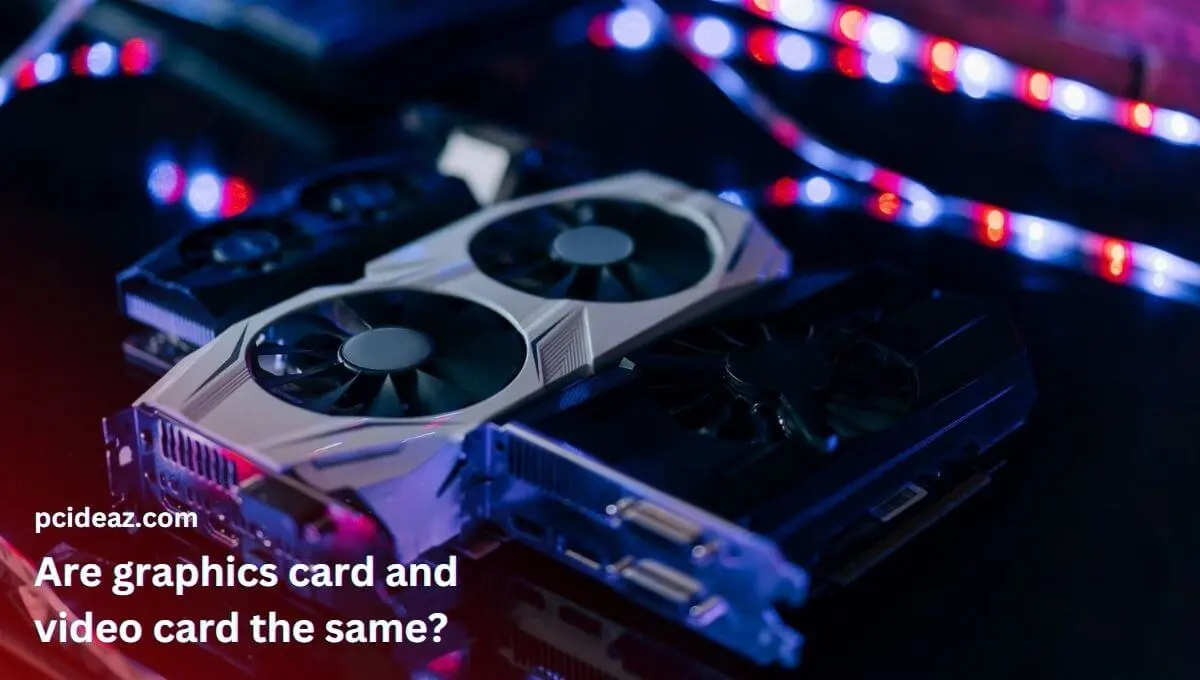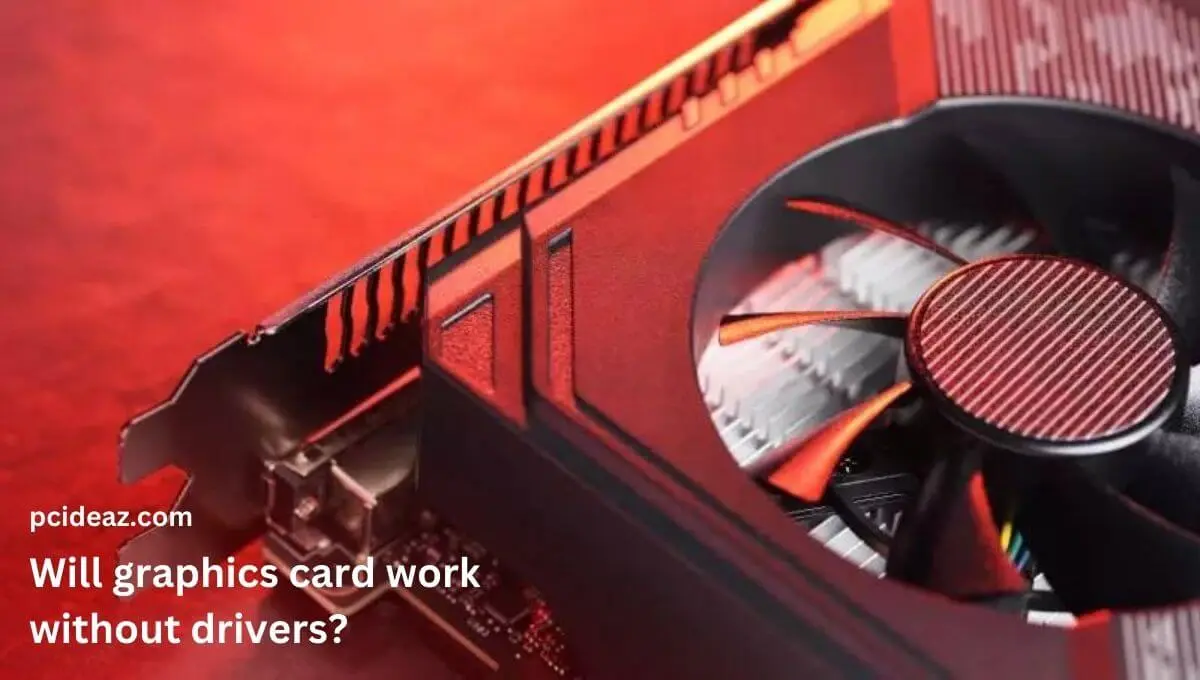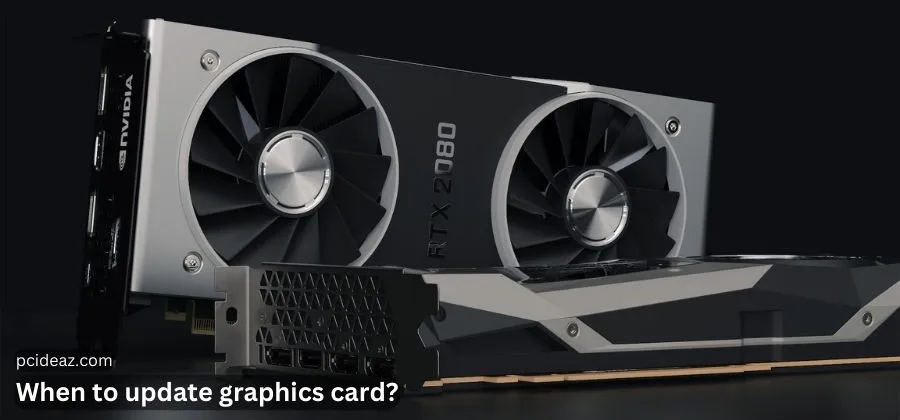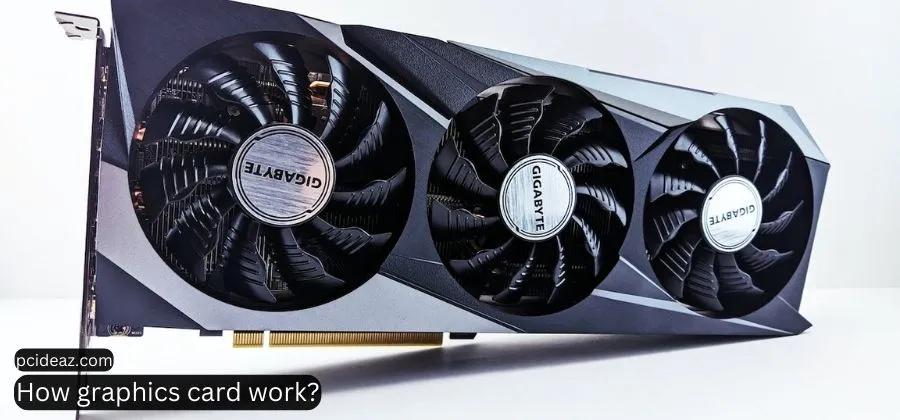Dedicated Graphics Card, or dGPU, is the same term representing a discrete graphics card. It has its own physical structure like other PC components, unlike the integrated GPU inside the CPU. The PCIe connector, a high-speed connector, links a graphics card to the motherboard to communicate with the rest of your computer. If necessary, you may update your graphics card without making other changes to your PC or upgrading the other elements. By specialized businesses that concentrate on producing the most excellent graphics cards possible, dedicated graphics cards may be purchased.
Size and practicality are the driving forces behind developing specialized graphics cards. Robust hardware requires a lot of space, especially for the cooling system, and you want it to stay warm. Video cards are such a specialized market PC retailers sometimes neglect them. Examples of such video cards are Capture Cards by Blackmagic or Elgato. Video cards are specialized hardware that is excellent at handling video processing. The more performance you want, the higher the bit-depth or resolution. Even before that, it’s crucial to know are the graphics card and video card the same thing. Let’s explore it!
Are graphics card and video card the same?
Although GPU, graphics card, and video card are used equally, these are two different identities. A graphics card is a working piece of hardware, including a PCB, VRAM, and other auxiliary hardware components (including the GPU). The primary component of the graphics card is a GPU. A graphics card is a real piece of hardware used to speed up visual operations. A graphics driver is a little piece of software that enables the usage of the graphics card by your operating system.
It’s uncommon to distinguish between these two types of hardware. They are also used interchangeably by us throughout our publications. A specialized piece of hardware called a video card speeds up visual-related operations and is used to showcase pictures or visuals on the computer screen. A video card is a working piece of hardware with an actual video controller to fit on the motherboard. Additionally, there is a graphics processor, heat sink, BIOS, memory, and some ports.
You may need clarification up to this point and need help finding out the difference between both components. Therefore, we have added a small table below. I’m sure this will clarify your concepts regarding graphics cards and video cards. The following list contains significant distinctions between graphics and video cards. All the differences are included:
| Graphics card | Video card | |
|---|---|---|
| Theory | The graphics card regulates image and video quality and improves the game experience. | The video card also produces a similar effect but mainly helps the computer to show graphics on the screen, etc. |
| Function | Dedicated video cards perform better since they have their RAM, which makes integrated graphics cards slower. | When compared to graphics cards, video cards operate much more quickly. |
| Price | Integrated graphics are less expensive, more portable, and energy efficient. | Compared to graphics cards, video cards are more expensive. |
| Availability | The presence of a graphics card is optional and may not be included in a PC system’s default installation. | A video card must be included in every PC system to showcase the visuals on the screen. |
| Usage | A graphics card enhances image quality and supports 3D effects and high resolution. | The PC system’s video card regulates the display settings. |
| Utilization | Gaming consoles are the main applications for graphics cards. | Multimedia and video editing projects need video cards. |
Since they are both technically the same, the terms “graphics card” and “video card” are sometimes used interchangeably. Both cards are expansion cards to produce output graphics and send them to a display device. They are also referred to as GPUs or graphics processing units. They have their memory for the increased processing demands of visual data.
The sole distinction between integrated and dedicated graphics is that integrated graphics are built-in video cards. On-board or integrated video cards are those that are built into the motherboard. Dedicated cards, which have RAM and a cooling system for unparalleled graphics capabilities and visual processing, perform better than integrated graphics.
Do I need a graphics card for video editing?
Yes, you need a graphics card for video editing. A powerful graphics card can speed up much of the labor involved in video editing, depending on the intricacy of your projects. Programs like Premiere Pro and Davinci Resolve extensively use powerful graphics cards. A GPU has the memory and processing capability to meet the intensive processing needs of the visual experience. Compared to their dedicated equivalents, independent video cards and integrated graphics are less costly, simpler, more compact, and use less energy.
Conclusion
Graphics and video cards are the same hardware used for gaming and rendering 3D graphics. Video cards are specialized hardware that is excellent at handling video processing. Compared to graphics cards, video cards are more expensive. The video card regulates the display settings. The terms “graphics card” and “video card” are sometimes used interchangeably since they are both technically the same. They have their memory for the increased processing demands of visual data. On-board or integrated video cards are those that are built into the motherboard.







